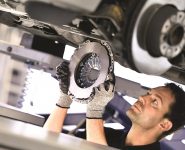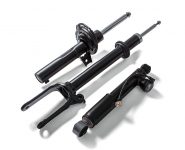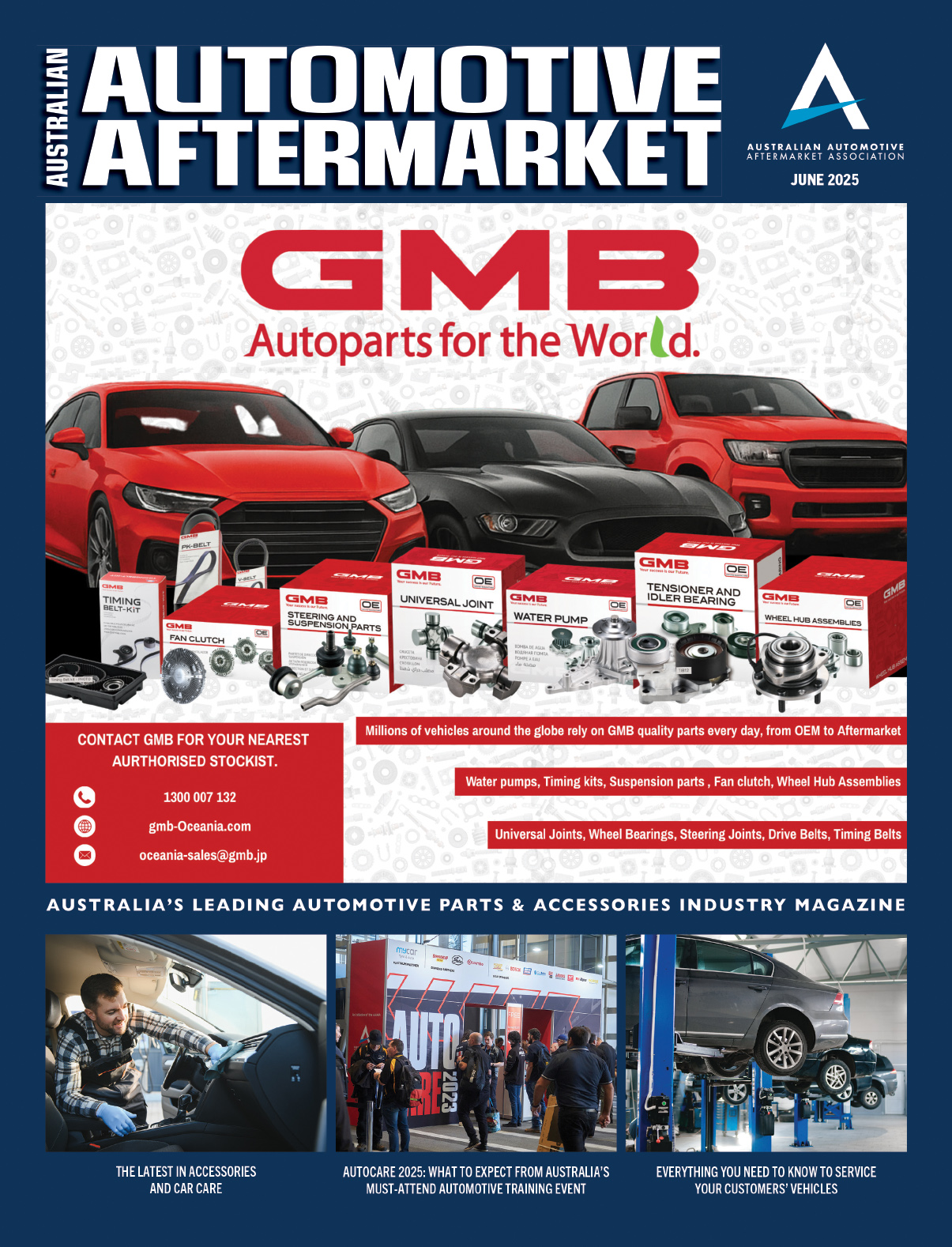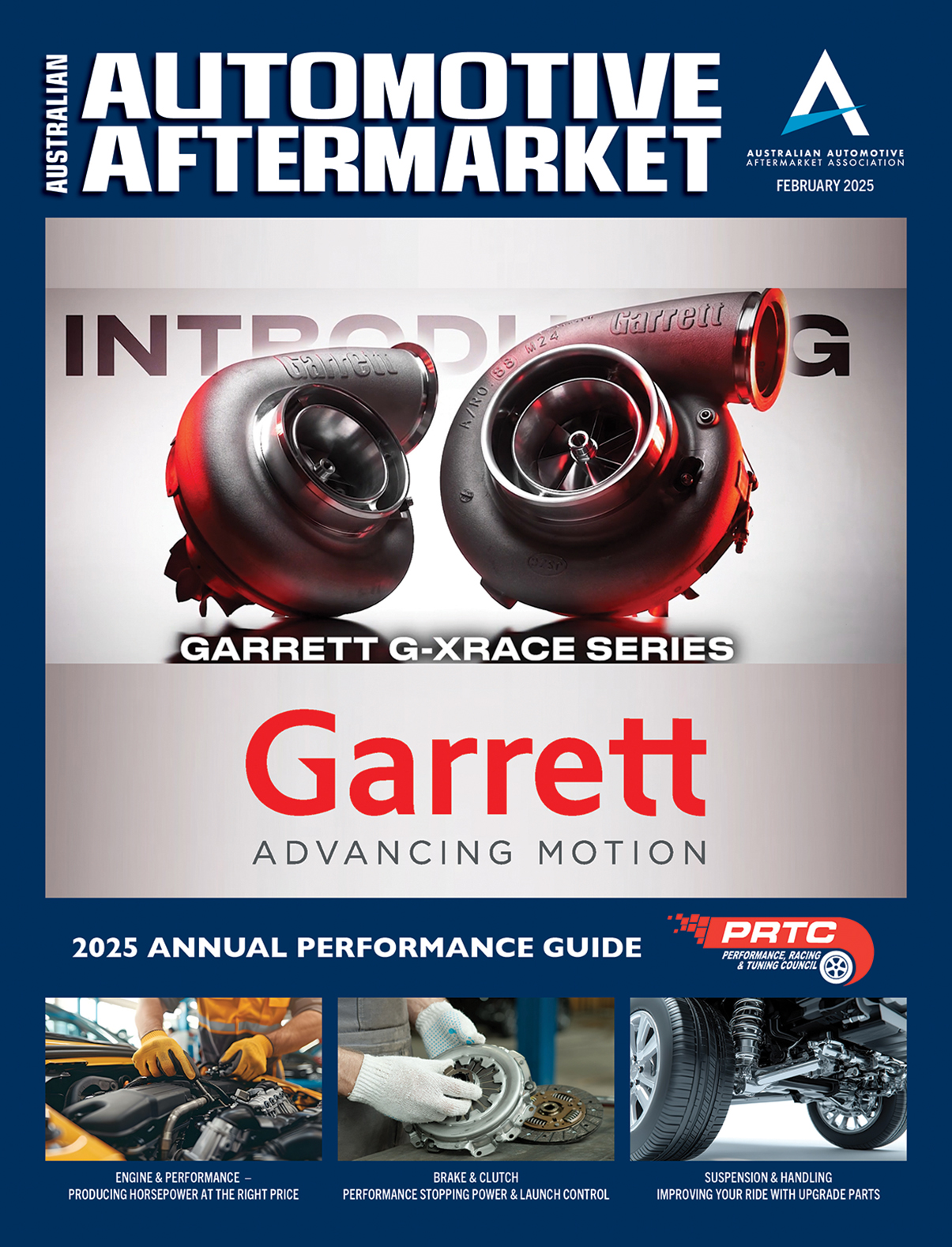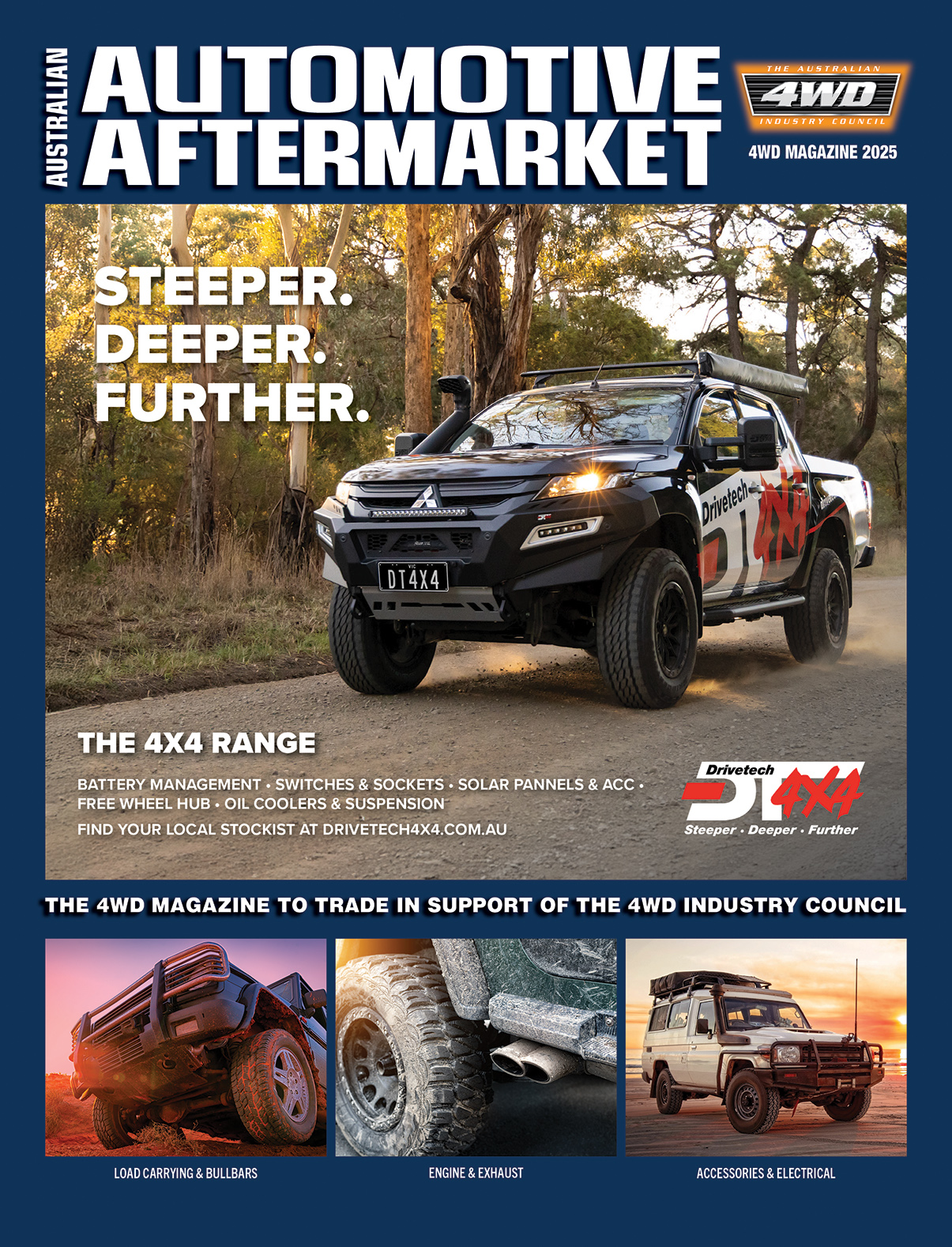SMOTION ACTIVE CHASSIS DAMPERS
ZF says this revolutionary system significantly advances active suspension technology
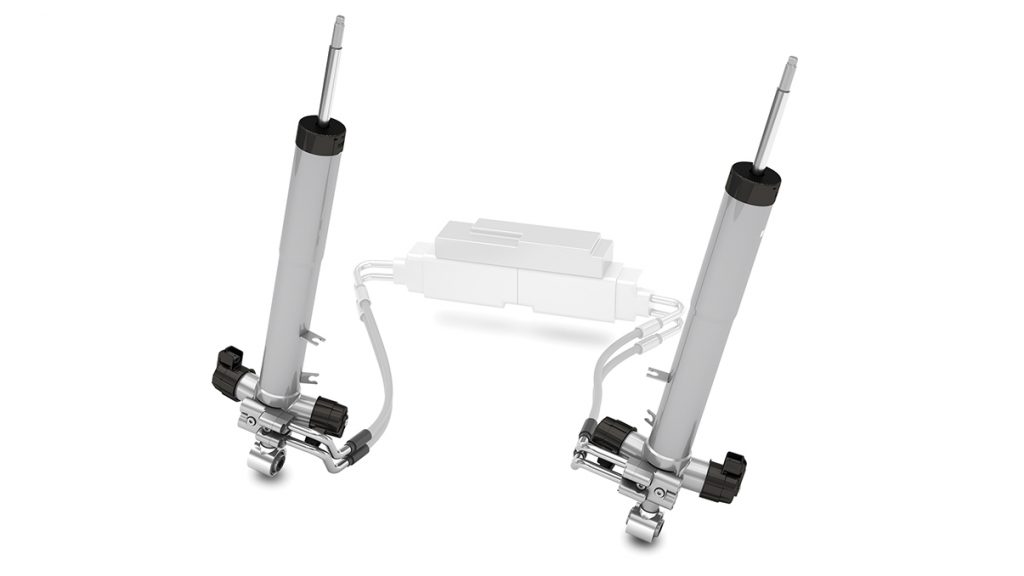
ZF says a new era of vehicle damping technology has begun as sMOTION from ZF is now bringing “stability and dynamics together for improved comfort and driving performance.”
ZF describes the system as revolutionary, explaining that it adapts damping force exactly to the corresponding driving situation while also initiating very fast vertical movements for each individual wheel, thus actively lifting the vehicle to ensure optimal roadholding performance while enhancing a more pleasurable driving experience.
In the case of automotive chassis, it has often been challenging to combine excellent dynamic properties with high-level comfort.
ZF says that has been made easier for automakers with sMOTION as the pitching and rolling manoeuvres inevitable in dynamic steering, braking, and acceleration have been virtually eliminated.
“Our fully active sMOTION chassis system can almost completely prevent vehicle body movements in certain driving situations,” ZF Board of Management Member and Head of the Chassis Solutions Division, Dr Peter Holdmann, said.
“At the same time, the comfort characteristics of vehicles equipped with sMOTION increase significantly.”
Two new Porsche models already make use of part of ZF’s sMOTION active suspension system – the Panamera and Taycan. Each features Porsche’s “Active Ride” air suspension which uses sMOTION’s damper and valve technology.
The sMOTION active chassis system is based on the well-known, adaptive ZF damping system CDC (Continuous Damping Control) with two external valves, each of which independently regulates the compression and rebound direction of the damper.
In this way, damping pressure is reported optimally adapted to the respective driving situation, an important quality for driving comfort and dynamics.
ZF says sMOTION goes a step further using a high-performance oil pump to actively move the wheel suspension via the piston rod, whereby the electronic control system can neutralise the effect of road unevenness on individual wheels.
It is also able to compensate or even counteract the wheel height when cornering – for example, when accelerating and braking.
ZF says sMOTION is particularly powerful during dynamic driving manoeuvres. As an example, a sharp steering movement to the right would normally cause a conventionally damped vehicle to “tilt” to the left. Passenger cars equipped with sMOTION are said to automatically adjust the cornering inclination to the speed and generate a “helicopter mode.” Thus, the vehicle’s driving behaviour is almost light-footed.
ZF states a vehicle equipped with sMOTION can use the active damper system, to elevate a vehicle by eight centimetres within half a second. It says this means the control electronics, also developed by ZF, can hold a passenger car weighing three tons almost horizontally on the road up to a cornering force of 1g.
This wheel-specific active body control, which does not use stabiliders, has significant potential in terms of comfort. If vertical movements of the vehicle body are prevented, so-called “motion sickness” can be potentially eliminated.
“Our system virtually eliminates motion sickness, which today primarily affects passengers reading or watching films while traveling,” ZF Vice President Engineering Productline Suspension, Thomas Kutsche, said.
The calming of the vehicle body can be increased even further, for example if information on road conditions, such as bumps or potholes are known, which the system can compensate for in a targeted manner.
If automated and autonomous driving continues to increase in practice, this chassis characteristic becomes increasingly valuable for all vehicle occupants, says ZF.
With sMOTION, ZF is adding to its portfolio for passenger car steering, braking and chassis. With these electronically controlled actuators, ZF says it can influence the complete longitudinal, transverse and vertical dynamics of vehicles as a software-controlled overall system.
In the future, it says the combination of these technologies will lead to networked chassis systems that can be coordinated holistically with the ZF cubiX software.
“We can support manufacturers not only with the components, but also with software driving functions for the overall system,” Dr Holdmann said.
ZF says it is among the top technology suppliers when it comes to semi-active and active damping systems. The first CDC system came onto the market 25 years ago and sMOTION uses the latest generation of CDC technology, which is CDCrci with two valves on each damper – one for the rebound stage, the other for the compression stage.
For further information, visit www.zf.com/au


